To update my last post on the subject, my experience with the Olympus PEN E-PL2 micro 4/3rds camera is going well. Perhaps the first thing to note is that I always have it in my bag, which is one of the main objectives.
I’ve taken it with me on a lunchtime dog walk, and have got into the habit of sticking it in jacket pockets when heading out the door without a bag. The excellent Panasonic LUMIX G 20mm f/1.7 lens is small enough that it makes the whole thing pocketable.
One things that was limiting my enjoyment, however, was the lack of a viewfinder.
For me, shooting using the LCD wasn’t working for several reasons:
- shaky arms: If you’re trying to get things composed precisely, then having the camera out at arm’s length makes it hard to make subtle adjustments. With the camera jammed into your face, that fine control is easier.
- bad eyes: The screen’s pretty good even in bright sun, but when you’re looking at it from a distance, then most things in your field of view aren’t the screen, making it harder to see all the details you’d get with a viewfinder
- missing focus: I tend to use the center focus point, and then recompose the image when I’ve got focus. I do this on all my cameras, partly out of habit, but mainly because I don’t trust the camera to know what I want to focus on, and I’m quicker with focus-and-recompose than I would be trying to select a particular focus point. This is much harder to do on an LCD screen
- force of habit: I’ve been looking through viewfinders for a long time. I like it in there.
The obvious solution was the the Olympus VF-2 electronic viewfinder, but at $230 or so, it isn’t cheap, and it does add to the bulk of the camera. So, is it worth it?

Like watching a movie
It’s an electronic viewfinder so what you see is exactly what the lens is seeing (as with an SLR) but it achieves this not by using mirrors but by containing a small screen inside the eyepiece. Genius.
In some ways it’s actually better than the optical viewfinder on a DSLR. Firstly, it more accurately shows depth of field without having to use a depth of field preview buttons (which I find never work that well anyway). Secondly, if you’ve chosen any of the Art Modes on the camera (I’m fond of the grainy black and white), the viewfinder image shows you what you’re actually going to get. So the black and white image shows as black and white.
There is an option to display the shot you’ve just taken in the viewfinder as well, but I find that gets in the way of taking the next shot, as you obviously can’t see the live view while the replay is showing. I either set the camera to replay the last image on the main LCD (like DSLRs can do), or just switch off the replay feature entirely.You can also set it to show a range of standard information alongside the image you’re composing – aperture, ISO, shutter speed, composition grid, battery life . . .
And for extra fun, the eyepiece tilts upwards for composing in awkward situations (or pretending you’re a submarine commander with a periscope).
Sturdy enough
Other reviewers have reported that since the viewfinder doesn’t actually lock (it just slides into the socket above the screen and into the flash hotshoe) it can be knocked off when you’re carrying the camera around.
It certainly could be a more solid connection (the newer but lower-spec Olympus VF-3 has a locking mechanism), but I’ve not had a problem with it yet.
Recommended, with a but
Even though it does make the camera a little bit more chunky, I like the viewfinder a lot, to the point where I haven’t taken it off the camera since it arrived.
For me, it increases the chances that I’ll get the shot I’m after, and makes the process of shooting it more enjoyable.
It’s worth noting though, that by the time you’ve bought the camera (my EPL2 was reduced because the EP3 and EPL3 had just been released), a fast prime and the viewfinder, you’re up near Fujifilm X100 territory.
The Fuji has a 35mm equivalent f/2 lens, a viewfinder that can switch between being optical and electronic, and looks like it came from the set of Mad Men. The PENs are smaller and more flexible (with the option of using interchangeable lenses, including mounts for some legacy option), but the Fuji’s sensor is larger, and it’s getting a lot of love.
I’m happy with my choice, but if you think you’re going to want the viewfinder for sure, then you might want to consider the Fuji or the Sony NEXs as well, before making your decision.


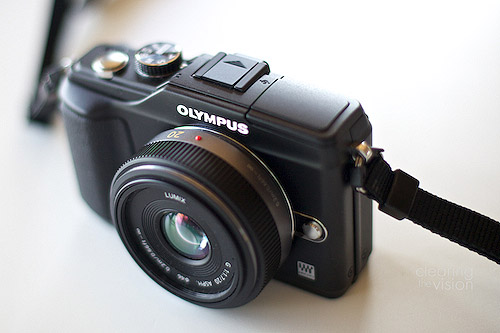

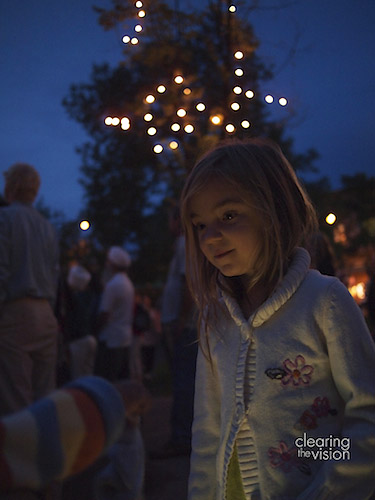
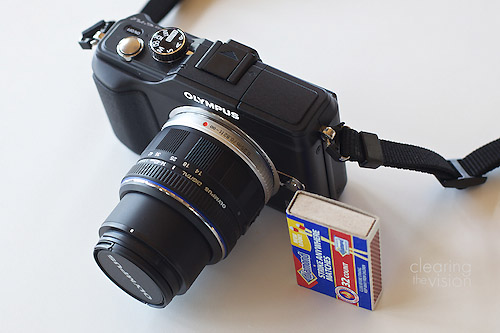
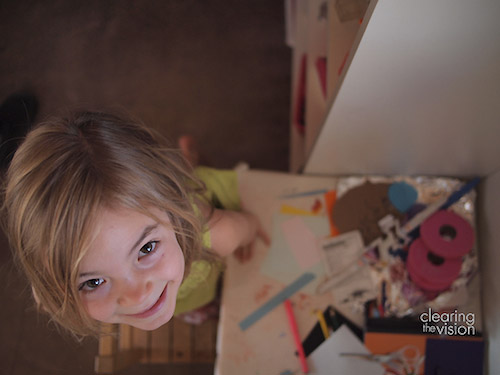
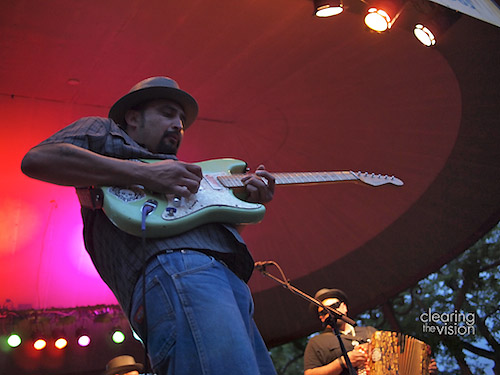
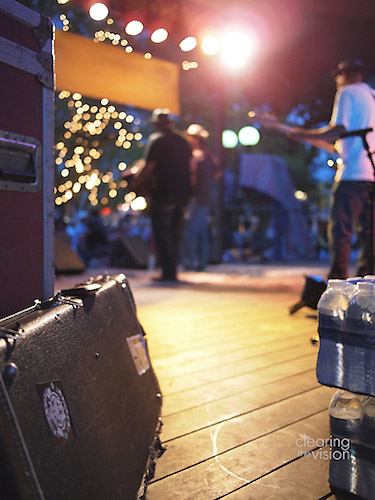
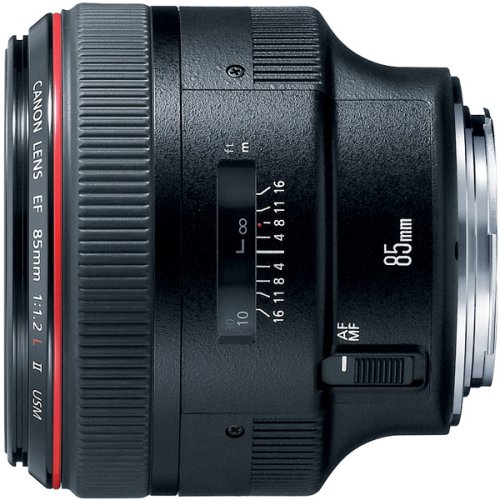
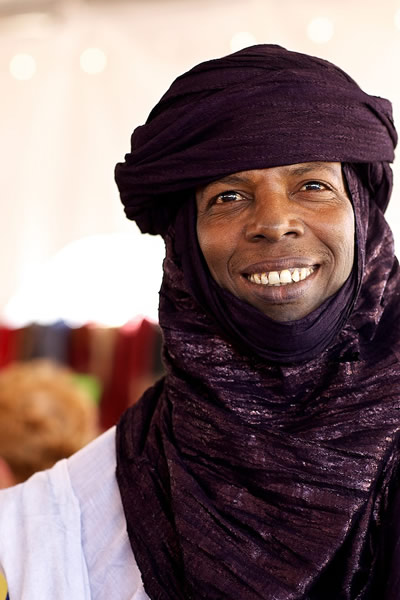
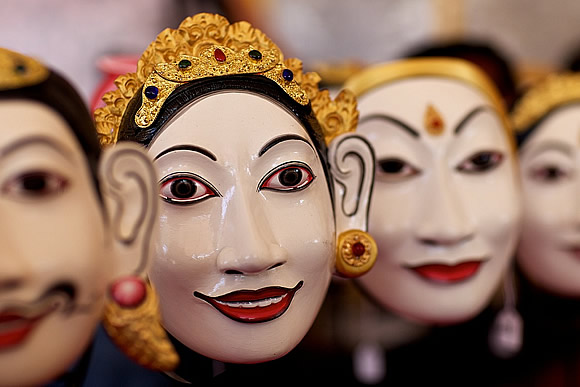
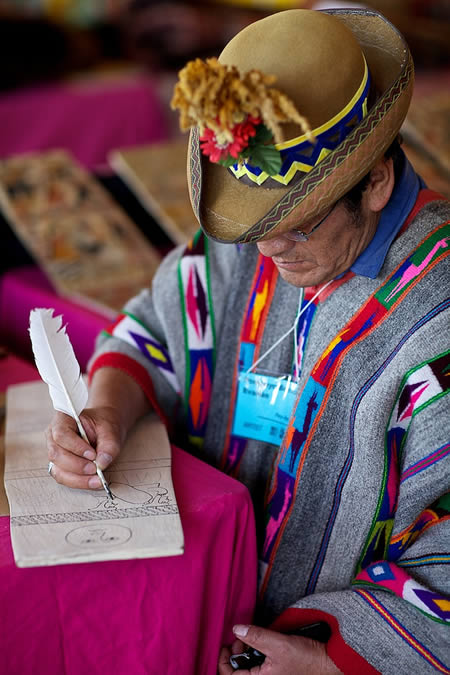
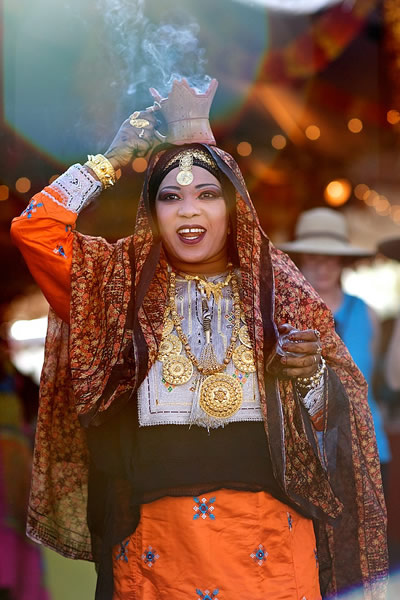
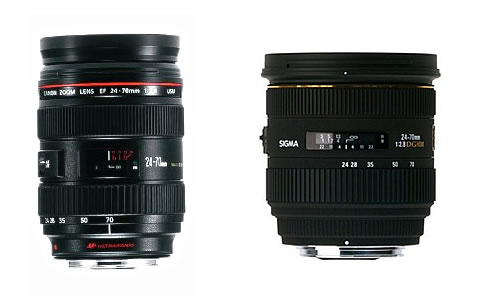

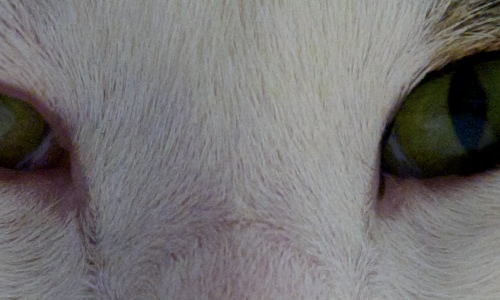



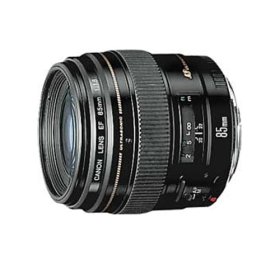 Meet my new favourite lens – the
Meet my new favourite lens – the 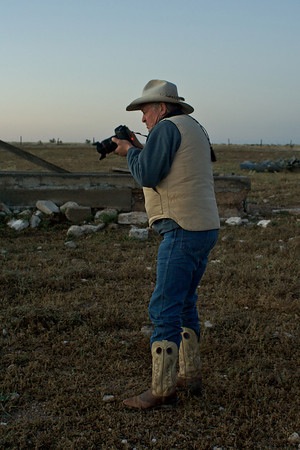
 A short post while I watch Heroes. Posting this from the couch using my iPhone and the WordPress app.
A short post while I watch Heroes. Posting this from the couch using my iPhone and the WordPress app.